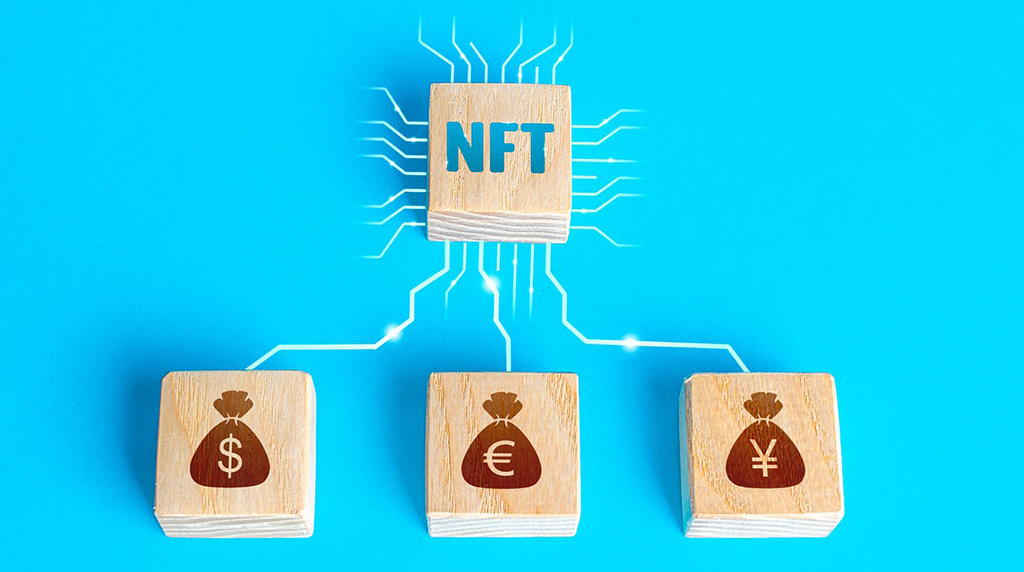The recent action taken by U.S. financial regulators against Paxos’ centralized, dollar-pegged stablecoin BUSD has caused investors to flee the asset and move into tether (USDT), the world’s largest centralized stablecoin. Despite the logical assumption that investors would move towards decentralized, censorship-resistant alternatives, the evidence so far points to the opposite.

At press time, BUSD accounted for 81% of the total liquidity of $12.81 million in the busdv2 liquidity pool on the decentralized exchange Curve, while the pool’s other components – DAI, USDC and USDT – accounted for the rest. BUSD’s dominance has increased from 69% since early Monday, while tether’s presence has declined to 3%, the lowest in the pool, according to data sourced from analytics tool Chaineye and Curve.
The U.S. Securities and Exchange Commission (SEC) told Paxos on Sunday that it intends to sue the company for violating investor protection laws. Furthermore, the New York Department of Financial Services on Monday ordered Paxos to stop minting new tokens. In response, Paxos said it would cease issuing new tokens, and would process redemptions until at least 2024.
The regulatory action has caused investors to flee BUSD, even though Paxos gave all assurance that its issuance program is fully backed and will be wound down orderly. Ilan Solot, co-head of digital assets at London-based Marex Solutions, told CoinDesk that investors are dumping BUSD and USDC for USDT, even though tether is unregulated and the lingering lack of transparency about its reserves.
The fact that tether successfully navigated the Terra-induced turmoil of May 2021 may have boosted investor confidence in the stablecoin. Either that, or it’s a case of dwindling alternatives. Solot said that it’s not exactly that trust increased, but the perception that the range of available alternatives is narrowing. For example, Binance will probably have to backtrack on it’s goal to establish BUSDC as the main base for trading in the exchange. Now it’s likely that USDT will remain the primary base.
Overall, the recent regulatory action against BUSD has caused investors to move away from the asset and into tether, despite the fact that tether is unregulated and lacks transparency. This suggests that investors are more concerned with the availability of alternatives than with the trustworthiness of the asset.



